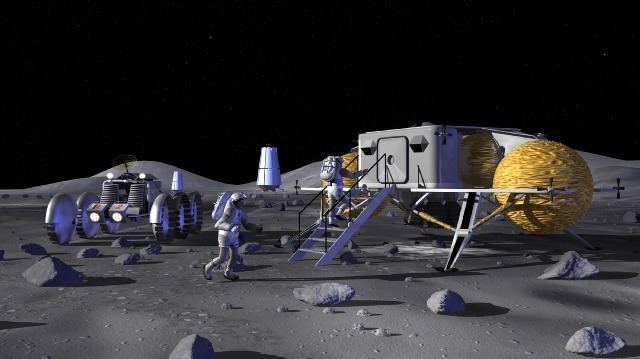 | ||
The LEK Lunar Expeditionary Complex was a lunar expedition and moonbase proposed by Valentin Glushko in 1974 as a Soviet response to the United States' Apollo program and as successor of Zvezda moonbase that based on closed N1-L3 manned moon expedition program. If implemented, it was intended to have been operational by 1980 and used for scientific and engineering research.
Contents
Hardware
The Vulkan-LEK project based on new superheavy launcher developed in Glushko's bureau.
The moonbase design consisted of a number of modules, including:
Project termination
The project was cancelled in 1976 when an Academy of Sciences Commission ruled that resources should be targeted toward projects primarily adding economic value rather than for national prestige.
References
Lunar Expeditionary Complex Wikipedia(Text) CC BY-SA
